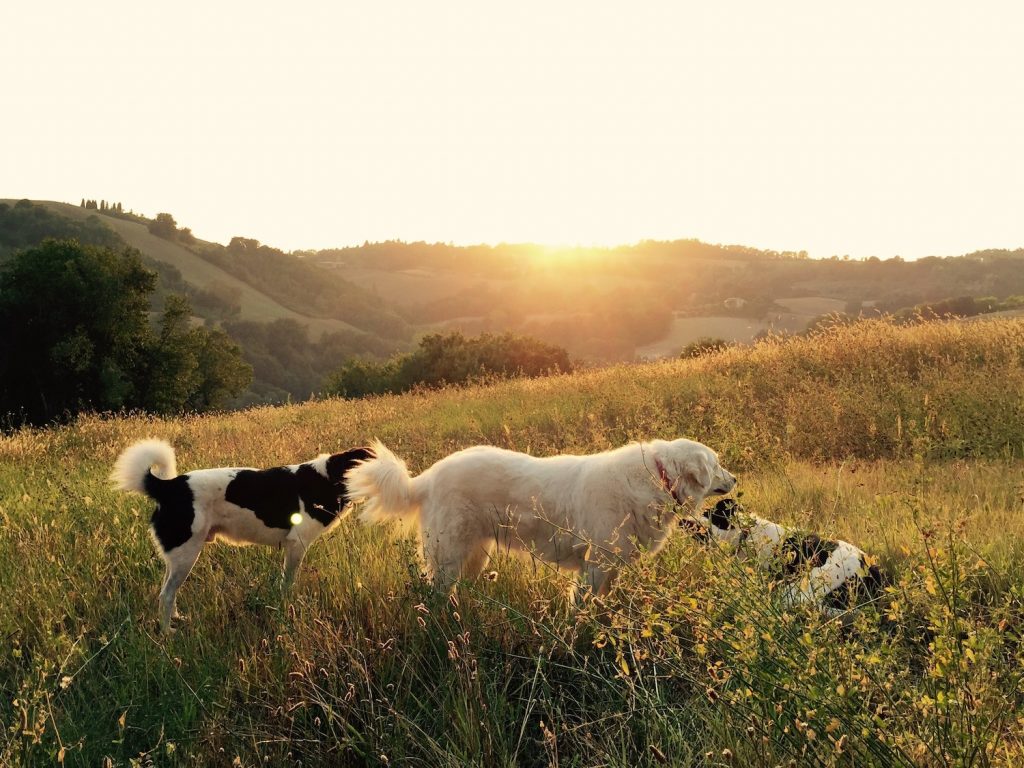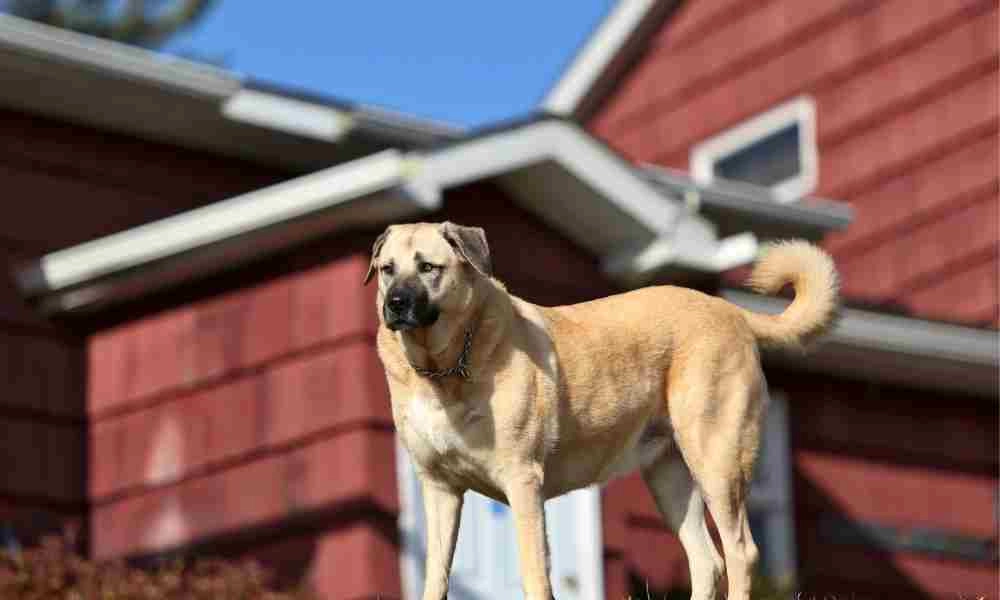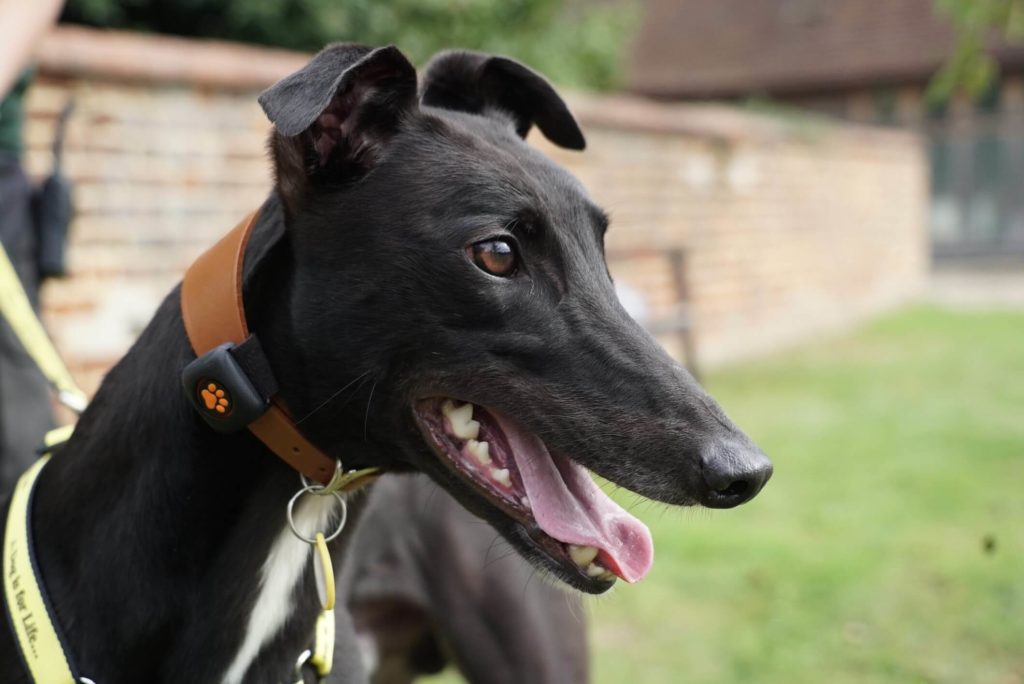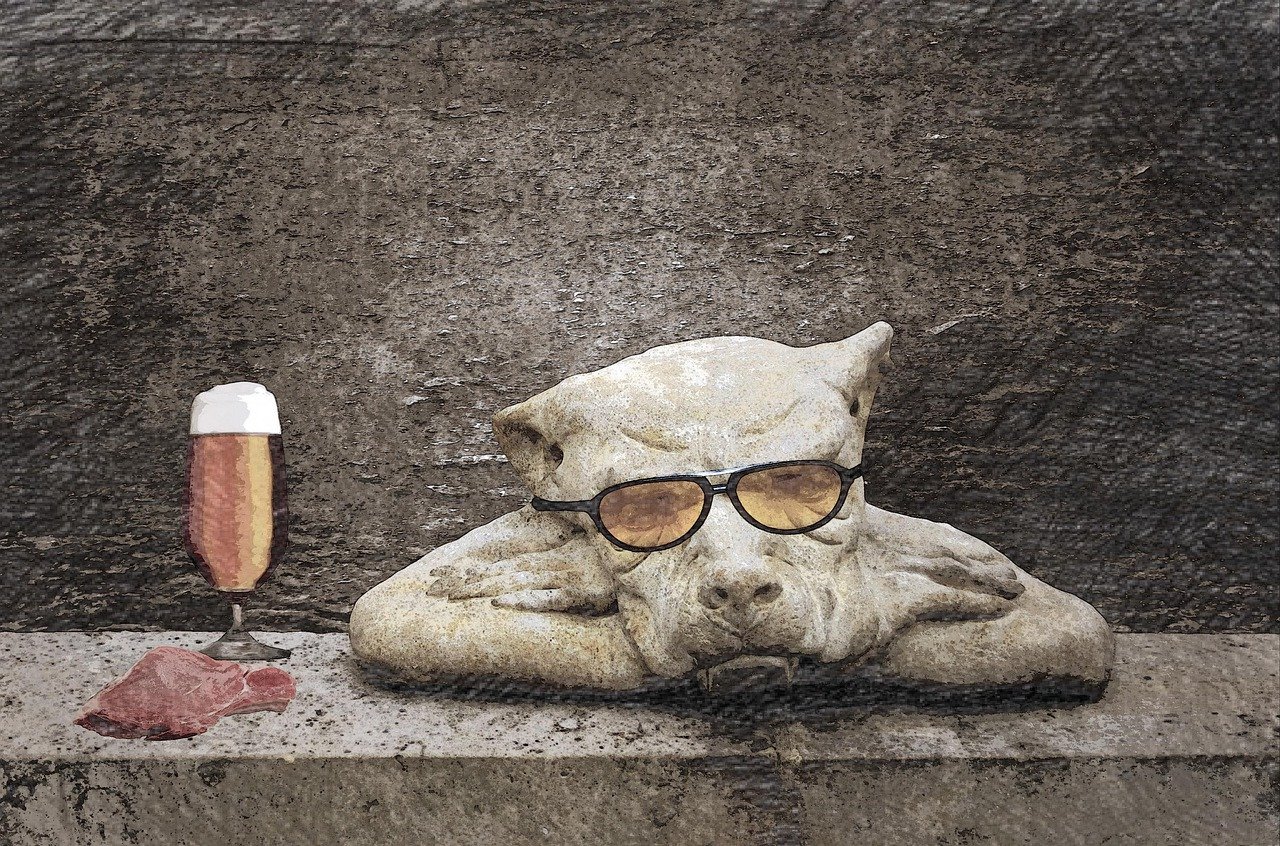
Watching your puppy play with a pet is always exciting. But what do you do when your puppy’s play gets overly violent? The distinction between rough playing and dog fights could be a challenge, especially in the event that you don’t know the warning signs to be looking for.
Knowing the difference is essential. If your dogs are fighting, it is important to take action before the situation gets worse and stop both dogs safe from injury and avoid any danger for yourself.
Monitor dog body language
When playing the two dogs will often display a synchronized pattern of movements and energy. One dog jumps up while the other is slowed down before switching roles.
One of the clearest signs that dogs are having fun can be seen in their expressions. it is obvious that their tails wag and their ears are relaxed.
If both dogs seem enthusiastic and content while they interact generally, it means that they’re simply having fun!
Additionally, it’s important to pay attention to their postures. When playing, the dogs must be able to keep their heads up, instead of bowing or leaning toward the shoulder or neck. This gesture of respect shows mutual respect and indicates that neither dog is attempting to fight.
However, should you notice any changes in the dog’s posture or level of energy during the exchange (such as one dog dropping its head while running around the other) this could indicate that the fun-filled interaction has transformed into a fight?
Other indications include snarling or growing from dogs as well as raised hackles (the fur on a dog’s spine that has been raised).
If you notice these signs at any time during the play, the dogs may not playing and it’s the right time to intervene and keep them from the dogs before the situation gets out of control.
Beware of fights in the pet park
A trip to the pet park can be an enjoyable and enjoyable time for you and your pet However if it’s not handled appropriately, a visit to the dog park could turn into a stressful, or danger-prone scenario.
In order to ensure that everyone has fun playing in the pet park ensuring certain guidelines in mind is vital.
1. Ensure that the park is spacious enough
If you’re looking for the perfect dog park, ensure that it’s big enough to provide every pet with a space.
A dog park that is crowded could cause anxiety and may even lead to disputes between dogs of different dimensions.
Check out parks that have separate areas for small and large dogs, to ensure the best experience for your dog.
Also, consider bringing balls or toys to ensure that your dog has something to be interested in and not be distracted by other dogs.
This can ease anxiety during a highly anticipated playdate while allowing your dog to enjoy itself.
2. Don’t bring snacks to your dog’s park.

It is recommended to keep treats in the house while you visit the dog park.
Although these treats are beneficial for dog training, they may create problems in a confined space where there are many dogs.
The competition over treats can cause a rift and fights between animals, which is why not bringing them with you is the best.
3. Do not let your dog be a nuisance to other dogs.
The new dog may be scared or overwhelmed upon their arrival in a dog park that is crowded.
To ease tensions and avoid confrontations Keep your dog away from blocking newcomers as they arrive.
Instead, you should encourage your dog to keep away from the entryway until things are settled and allow it to enter later after the pups of earlier years have had the chance to adjust.
4. Pay attention to your dog’s body expression

If you visit your dog’s park make sure to be on the lookout for the behavior of your dog and be on the lookout for aggressive behaviors.
Afraid signs include a growl and baring teeth, an intense looking, and a stiff tail that is wagging.
If you observe this behavior and you notice these behaviors, a break from socializing is a good idea until everyone has chilled once more.
5. Actively monitor your dog
It is essential to supervise your dog in public areas, especially at pet parks where other animals may be around.
Be aware of what’s going on and be prepared to stop or redirect the two dogs if they appear to be fighting.
Being involved in your dog’s socialization will go a long way to help everyone be comfortable during their time at the park!
6. You must ensure that everyone has fun
It’s important for everyone in the park, both humans and pets, to enjoy themselves!
Don’t forget to interact with pet owners who have pets, while watching your pet.
Engaging in friendly conversations can reduce any tensions between dogs and owners. It will also ensure everyone is aware of what is expected with their pets.
It is also important to be aware of how long your pups play together (especially in the summer months when temperatures are hotter) to ensure that nobody overheats or becomes exhausted due to the constant running around.
Overstimulation or exhaustion can cause a decrease in tempers and lead to fights being more likely.
The reasons dogs fight and the best way to stop them

Dog fight can occur due to different reasons, like aggression or dominance, fear, anxiety, or confusion.
Dogs are taught these behaviors while playing with other dogs in a group. At times, dogs could be able to fight out of frustration.
If you are involved in a dog fight that is actually happening, it is essential to stay in control and move quickly.
To avoid injuries Avoid trying to grasp either dog by hand. Instead, use objects like blankets or sticks as barriers between the two dogs. Then, safely take one dog away without risking your own safety.
You could make loud noises, like clapping or shouting to get them to move and stop the fight.
Afterward, ensure that both animals undergo a vet exam. Even in the absence of visible wounds, unnoticed internal injuries are possible and only a specialist can spot them.
Doggy fights don’t happen in a way that anyone would like to see, but knowing why they occur is crucial to their prevention of them in the beginning.
With the right education and socialization strategies as well as avoiding triggers and seeking professional assistance if required, you’ll be capable of keeping your dog safe and happy with time for play and freedom.